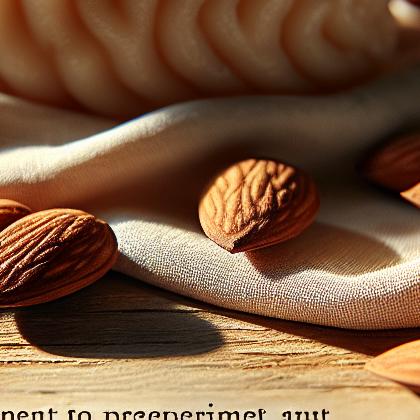Tender Almond

The almond (Prunus dulcis, syn. Prunus amygdalus, Amygdalus communis, Amygdalus dulcis) (or badam in Indian English, from Persian: بادام) is a species of tree native to the Middle East and South Asia. "Almond" is also the name of the edible and widely cultivated seed of this tree. Within the genus Prunus, it is classified with the peach in the subgenus Amygdalus, distinguished from the other subgenera by the corrugated shell (endocarp) surrounding the seed.The fruit of the almond is a drupe, consisting of an outer hull and a hard shell with the seed (which is not a true nut) inside. Shelling almonds refers to removing the shell to reveal the seed. Almonds are sold shelled (i.e., after the shells are removed), or unshelled (i.e., with the shells still attached). Blanched almonds are shelled almonds that have been treated with hot water to soften the seedcoat, which is then removed to reveal the white embryo.
Tender almond Pairs With:

Tender almond Properties:
| Food Property | Type | Description |
|---|---|---|
| Flavor Profile | Sweet | Almonds have a slightly sweet taste with a nutty flavor. |
| Bitter | Almonds may have a slight bitterness, mainly in the skin. | |
| Texture | Tenderness | Almonds are tender and have a soft crunch when bitten into. |
| Nutritional Value | Macronutrients | Almonds are high in healthy fats, protein, and fiber. |
| Micronutrients | Almonds are a good source of vitamin E, magnesium, and manganese. | |
| Fiber | Almonds are rich in dietary fiber, which aids in digestion. | |
| Color | Natural Pigments | Almonds have a light brown color with darker speckles on the skin. |
| Aroma | Volatile Compounds | Almonds have a subtle nutty aroma when fresh. |
| Chemical Composition | Acidity/Alkalinity (pH) | Almonds are slightly alkaline in nature. |
| Cooking Behavior | Heat Conductivity | Almonds heat up quickly and can easily burn if not monitored. |
Food Pairing App - Version 1.2.0
